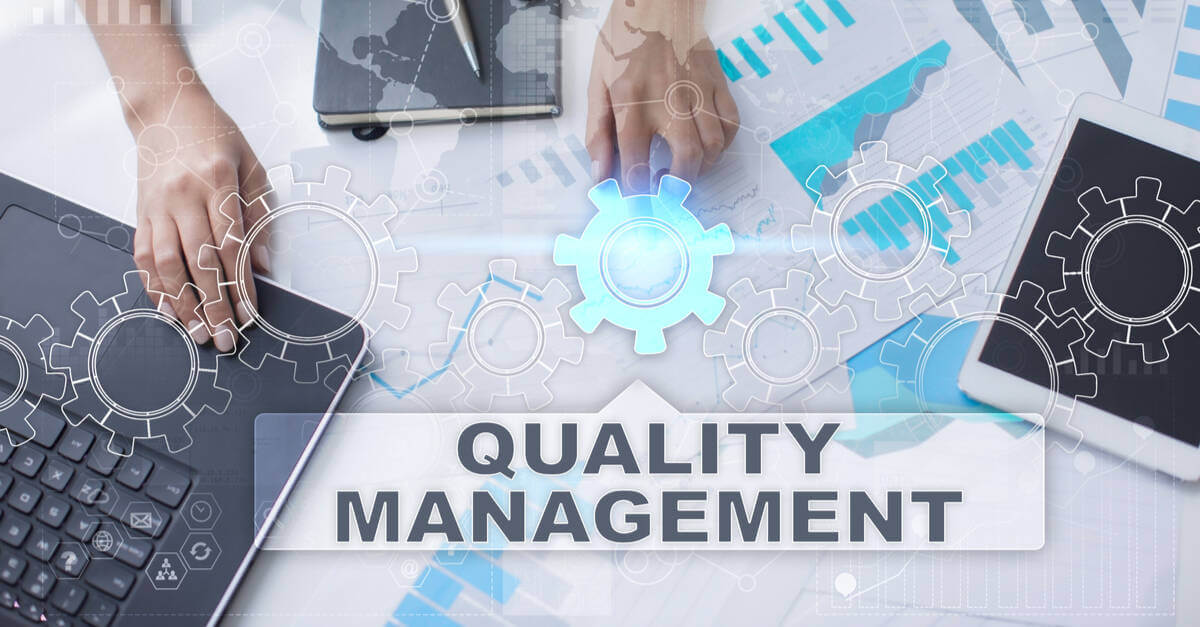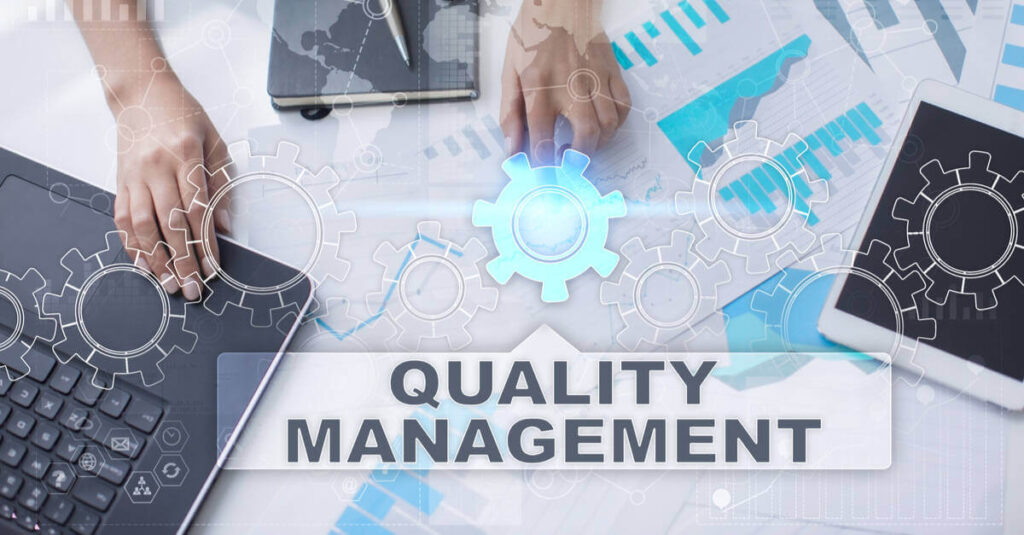
Getting ISO 9001 Certified in Fort Worth, Texas (TX)
Implementing an efficient quality management system (QMS) offers a well-defined, structured approach to enhance customer experience while at the same time helping you achieve business objectives and priorities. With ISO Pros in Fort Worth, Texas (TX) it also works great, if you are only looking for better self-governance or you have a regulatory certification requirement. Implementing a robust system would offer substantial business benefits. Professional standard certification may assist in the planning, evaluation and implementation of ‘best practices.’ This will in turn further strengthen the quality of the products, processes and services and thereby increase the degree of customer satisfaction and enhance productivity.
ISO 9001 is an approved QMS for businesses seeking to show an ability to deliver products and services that fulfill customer standards and other related requirements from stakeholders in a consistent manner. In September 2015, ISO 9001, the most popular of universal standards for the management system, was revised and published.
These are the 4 key areas that ISO 9001 can help you to achieve
ISO 9001:2015 describes four key areas that you, as an organization, may accomplish by applying the Standard:
Comply with consumer requirements and legislation
The criteria of ISO 9001 contain several requirements that enable an organization to plan and review the processes for the management of the delivery of products and services. By achieving this, it would improve the capacity of the company to reliably fulfill relevant client, legislative and regulatory criteria.
Enhances consumer loyalty
‘Customer Focus’ is an integral concept of ISO standards management. Requirements under the ISO 9001 model concentrate on practices to increase consumer loyalty by gathering direct input from customers on goods and services and acting effectively on them. Understanding the desires of consumers today will help to continue working towards creating a profitable company going forward.
Manage the related threats and opportunities
The new edition of the ISO 9001 standard reflects on an organization’s ability to recognize potentially harmful problems that can contribute to operational threats, as well as steps it can take to enhance any given circumstance. This benefits an organization by making them assign activities and resources that are important to it its business areas, rather than having a daunting system of bureaucracy that impedes development.
Show that you do meet the standard
The main factor several companies follow ISO 9001:2015 is that customers stipulate they should have it. This eliminates the client’s need to carry out expensive supplier audits and prevents you as the business, from needing to perform several host audits, many of which involve minor variations of the same criteria.
By being willing to demonstrate conformity with the ISO 9001 standard, you give your clients confidence in your abilities to provide reliable products and services, and the knowledge that you are well-placed to manage them as changes in n working arrangements occur. You offer your customers confidence that you have reliable procedures in place for when things don’t go to plan, for example in the case of non-compliance or complaints.

Benefits from these updates include:
Reduce costs
ISO 9001 will help you increase the quality of goods, processes and facilities by following best practices, increasing customer satisfaction levels and improving productivity, thus lowering costs.
Competitive advantage
ISO 9001 will give you a strategic advantage in situations or sectors where there is no shared obligation or regulation.
Quick integration
By utilizing the same ‘plan-do-check-act’ approach as other management system requirements, ISO 9001 lets you build a structured management structure that meets the standards laid forth in this and other guidelines such as ISO 14001, OHSAS 18001, ISO 27001 and ISO 50001.

